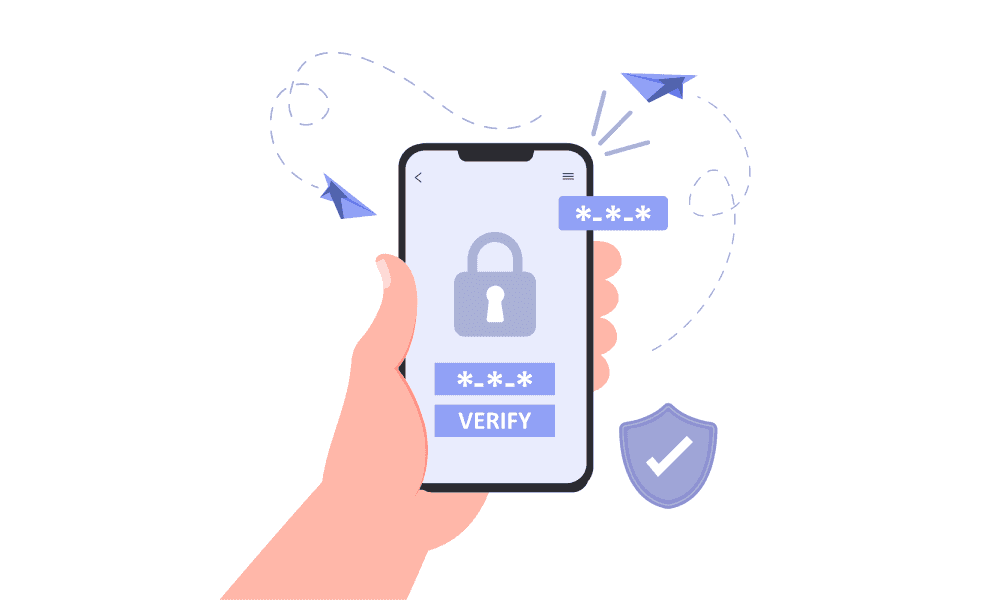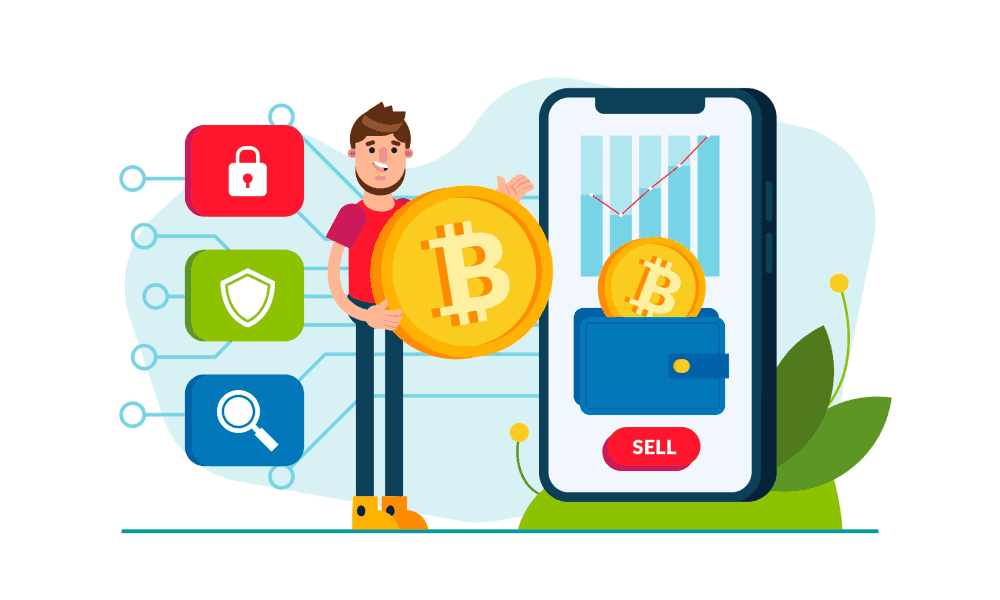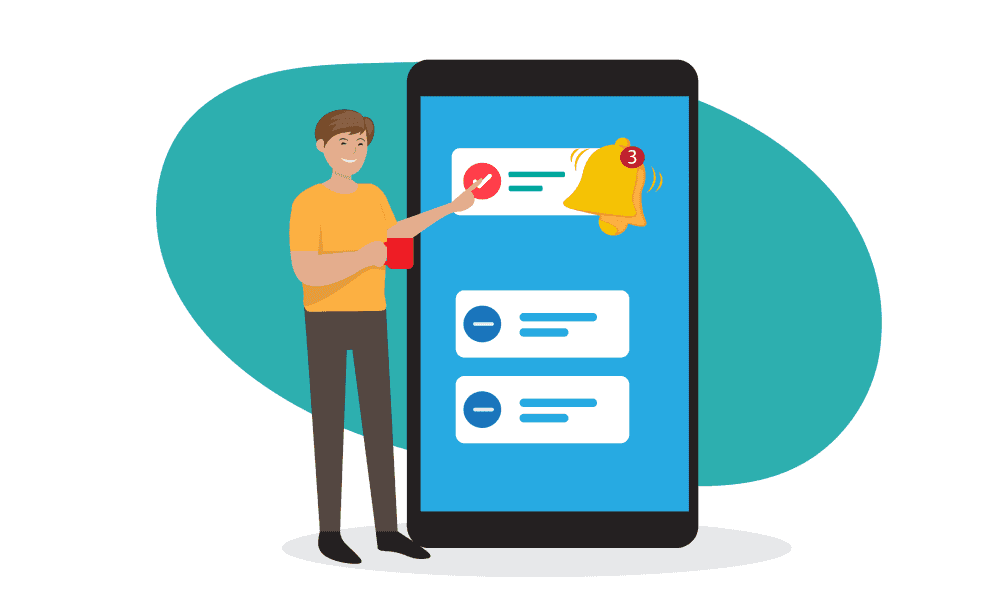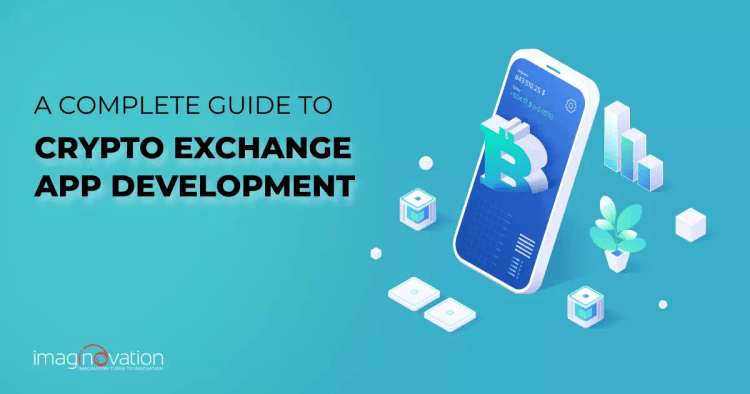The global crypto market is skyrocketing.
From 910.3 million USD in 2021, the global cryptocurrency market is expected to reach 1,902.5 million USD by 2028.
Moreover, a rise in the number of digital coins in the past decade has made sure crypto has become mainstream. From just a handful of cryptocurrencies in 2013, this number has crossed 10,000 plus in 2025.
This massive growth is because the number of crypto users is expanding rapidly. Along with experienced traders, it's not uncommon to see newcomers in the crypto domain who rely on convenient exchange solutions.
But what exactly is a crypto exchange solution? What kind of crypto exchanges are out there? What are the essential features to implement in an exchange solution?
We will answer these questions and tell you how to build a robust and secure cryptocurrency exchange solution that appeals to its users.
Let’s begin.
What is A Crypto Exchange?
A cryptocurrency exchange is a platform that facilitates its customers to buy and sell cryptocurrencies instantly.
Using such exchange platforms, users can trade one cryptocurrency for another. For example, they can sell their Ethereum for Bitcoin or Litecoin for a Binance coin.
In addition, with crypto exchange apps, customers can trade their digital coins for conventional fiat money such as the US Dollar or Aus Dollar.
Exchange platforms also show the current market price of the cryptocurrencies they have. Users can convert cryptocurrencies back into the currency of their choice. They can then plan to leave the amount as cash within their account (if they wish to trade it back into crypto later) or withdraw the entire amount.
So, crypto exchanges act as intermediaries between buyers and sellers and earn money through commissions and transaction fees. The transaction fees include withdrawal, trading, deposit, etc. On top of that, some crypto exchanges also issue tokens to incentivize traders.
But not all crypto exchanges are the same.
Some exchanges let users trade, while others provide open and transparent trading data via their order book.
Types of Crypto Exchanges
There are three cryptocurrency exchanges - CEX or centralized exchange, DEX or decentralized exchange, and hybrid solution.
Let's learn how they are different, highlighting their pros and cons.
1. CEX - Centralized Cryptocurrency Exchanges
A third party, typically an exchange operator, oversees a centralized crypto exchange. Its primary job is to ensure that customers sign up and that trading runs smoothly without any issues.
CEX platforms make it convenient to link your bank account or debit card to buy or sell digital assets. In addition, since they are controlled and operated centrally, they offer reliability.
Moreover, they offer the options of both crypto-to-crypto and fiat-to-crypto trading.
Some of the most popular CEX platforms are Coinbase, Kraken, and Huobi.
2. DEX - Decentralized Cryptocurrency Exchanges
DEX platforms offer a marketplace where sellers and buyers can come together and process crypto transactions directly. Such peer-to-peer (P2P) transaction executions do not require any third party or intermediary.
Decentralized cryptocurrency exchanges are more secure. However, on the flip side, users are more vulnerable to locking themselves out of their money. Another problem with DEXs is that they do not allow the trading of fiat currencies for digital ones. Moreover, because CEX is more popular now, DEX lacks volume, leading to low liquidity.
Some of the most popular DEX platforms are Uniswap, IDEX, and Sushiswap.
3. Hybrid Exchanges
Hybrid is a new generation of the crypto exchange domain and is still under development.
A hybrid crypto exchange platform takes the benefits of both CEX and DEX. It offers a combination of fast transaction speed and liquidity of a centralized platform with a DEX solution's privacy and security assurance.
The most popular hybrid crypto exchanges are Nash exchange and Qurrex exchange.
How to Create A Crypto Exchange App?
Building an attractive cryptocurrency exchange solution is not as difficult as you may think, only if you have a clearly defined roadmap.
Such a roadmap ensures smooth and accelerated app development and deployment.
Let’s explore all the steps of this roadmap.

1. Identify The Problem
Begin by identifying your customers' pain points and how your crypto exchange plans to solve them.
It means that you thoroughly research the common issues of your customers. Then, analyze the available solutions in the market and find ways your app could stand apart and solve users' problems.
Conduct a cost-benefit analysis of your solution and determine if building a new application is worth the investment. Also, assess any potential risks.
2. Set The Operational Scope
Setting the operational scope of your crypto exchange is another essential step. This is where you can add detailed functional specifications for your app.
Simply put, it is risky to start building your app without setting a proper scope.
It helps ensure the app developers understand what to build. Moreover, it helps the project management team estimate the overall effort and time.
In the future, you would need all the necessary approvals based on what’s defined in the operational scope.
3. Choose Crypto Exchange Type
Selecting the right crypto exchange type is crucial as it decides how the app will function.
As discussed in the above section of this blog, there are three types of crypto exchanges - Centralized, Decentralized, and Hybrid.
4. Select a Jurisdiction
Whether you're contemplating going global with your app or wish to focus regionally, you would require specific licensing and approvals to run your crypto exchange without hiccups.
Also, laws may vary from place to place. So, for example, in some regions or countries, you'll find a complete lack of regulations, while there are clearly defined rules in many others.
Keep a watchful eye on the upcoming or newly introduced legislative changes.
5. Take Care of The Compliance & Regulations
Governments worldwide are generally stern about using cryptocurrencies and exchanges because of the kind of money involved here.
Make sure you adhere to some KYC norms in your app - for example, facilitate documentation to verify the identity of your customers.
KYC compliance eliminates the risk of money laundering through cryptocurrency trading.
To comply with regulations, integrate a customer verification API in your crypto exchange and develop a backend database to maintain records.
6. Partner with a Payment Processor/bank
This is needed to enable payment processing via fiat currency.
Look for a bank that offers a host of online services.
It's essential when you operate in a country where most banks do not offer the facility to process an instant bank transaction. In such cases, transactions may take several days to settle.
Therefore, customers often prefer a bank that provides fast transaction, clearance, and funds settlement.
7. Find a Liquidity Provider
Liquidity is another crucial aspect of crypto exchange solutions.
The success of your exchange platform will largely depend on liquidity: how soon can an asset exchange happen?
Customers will always prefer an exchange with good liquidity that can offer a narrower spread.
Therefore, you need to do a few things -
- Integrate your crypto exchange’s liquidity position with other existing businesses with the help of APIs. It shares liquidity and trade volume info between two exchanges.
- Try making your crypto exchange part of the exchange network to enhance its liquidity position.
8. Build Top-notch Security Standards

Crypto exchanges are an easy target for hackers and other malicious attacks.
This is one of the primary reasons you must ensure your exchange's security. You can do this with the help of features such as two-factor authentication and multi-signature wallets.
Make sure you keep the records and funds of your traders locked away in cold wallets. The movement of funds (whenever needed) between hot and cold wallets should be fast yet simple and straightforward. There shouldn't be any compromise on traceability.
In the interest of everyone involved, build a proper KYC process.
9. Introduce a Customer Support Channel
This is a must-have thing for every app being developed these days.
After all, an interactive customer support channel ensuring instant response to all customer queries is no longer an optional feature.
Especially when it's about cryptocurrency exchange involving money transactions, your app must have a customer support channel to provide the best assistance to your customers.
10. Cryptocurrency Support
Cryptocurrency is a competitive domain. So, decide on the number of cryptocurrencies your exchange will support.
Remember, the higher the number of cryptocurrencies a solution supports, the heavier the investment will be in building dedicated APIs to fetch historical data, real-time charts, and placing orders.
So, decide carefully which digital coins you want to go with.
11. Test Your Crypto Exchange
Make sure to test your application before its launch.
Do gather user feedback and make necessary improvements for smooth operation.
Testing the crypto exchange should assess overall app performance, liquidity, functionality, transparency, convenience, transaction speed, reliability, and security.
Key Features to Include in Your Crypto Exchange App
Now that you have understood how to build a crypto exchange solution, you need to start thinking about how you can enhance the crypto trading experience of your customers.
While you can add many nice-to-have features to your app, there are some key features that every crypto exchange app must have.
They include:
1. Trading Engine
A trading engine is the heart of a crypto exchange solution. In fact, without a functional trading engine, a crypto exchange app serves no value.
Typically a trading engine feature tracks all the open orders and bids & lets you find and generate new trades. In short, this feature handles:
- Crypto transactions execution.
- Balances calculation.
- Order-books access.
- Match the transactions (buying/selling) on the exchange.
2. Crypto Wallet

The crypto wallet is another must-have feature for your app. It enables your users to store, send, and receive virtual currency.
You can customize and enhance this feature as per your needs.
You can choose to build a hot wallet or a cold. Hot wallets are connected to the Internet. They are convenient to use and are faster, but on the flip side, they are vulnerable to online attacks. Cold wallets, on the other hand, are called offline wallets. They are more secure but are not as convenient.
Also, see to it that the wallet has a multi-cryptocurrency functionality. The more your wallet integrates cryptocurrencies, the better it is for the investors.
3. Analytics
Analytics is a fantastic tool for building a compelling crypto solution.
It brings the power of data into the hands of your users. This feature can help app users make the most out of every trading opportunity and maximize profits by making better investment decisions in real-time.
Let’s check some of the common technical indicators that traders use for decision-making:
- The Relative Strength Index: It shows the strength of a trend and the likelihood of trend change. For example, this indicator can present the magnitude of recent price changes and the rate at which the price changes.
- Moving Average: It presents the average price over a specific period.
- Moving Average Convergence Divergence: It helps predict price fluctuations.
- Stochastic RSI (StochRSI): It is excellent at identifying oversold or overbought zones.
Besides live tracking of information, your app must offer a graphical trading experience to your users.
4. Intuitive User Interface
Your app must have an intuitive user interface. That's because both novices and professional traders use crypto exchange apps.
Make sure it has a simple interface that hides the many complexities of crypto trading.
So, what you need is:
- An interface that ensures the transactions are executed efficiently, bringing down the trading time.
- A dashboard with quick access and a view of everything essential.
- Seamless fund withdrawals and deposits.
- Option to connect with support.
5. Push Notifications

Push notifications have become one of the key features of most crypto exchange apps because they help build communication with app users.
With push notifications, you can notify and alert your users about special offers, coin exchange listings, price changes, latest trends, news, etc.
With customization, you can help users choose what notifications they wish to receive.
6. Admin Panel
An admin console is an excellent feature that enables the crypto exchange owner and traders to manage various operational aspects of cryptocurrency exchange.
You can customize this feature per your crypto app's specific requirements. However, every admin console must offer options to add new currencies, edit trading fees, manage cryptocurrency listings and credit/debit funds, and address support-related issues.
7. User Authorization and Verification:
Your users will love the app if they get an easy and interactive onboarding experience.
Ensure the trust of your cryptocurrency exchange solution with a straightforward KYC - Know Your Customer feature. The app can authenticate the documents submitted by the new users instantly.
Moreover, a crypto exchange without user verification will increase the chances of fraud and hamper the transparency of transactions.
To enhance data safety, you must integrate your app with data encryption, two-factor authentication, and anti-bot verification.
Build A Crypto Exchange App with Imaginovation
The demand for crypto exchange apps is rising, with a constant surge in users every year.
So, you should enter this market with a highly secure, reliable, intuitive, and fast solution to make it through the competition.
If you're unsure how to begin this journey, contact us at Imaginovation.
We will help you build a blockchain mobile app for your business. With our technical prowess in this domain, we promise you complete support in developing a customized crypto exchange solution from scratch.
Imaginovation is an award-winning web and mobile app development company with vast experience crafting remarkable digital success stories for diverse companies.
Let's talk.
Ready to build an app, but not sure where to start?
We've got you covered. Click the button below to get started.





